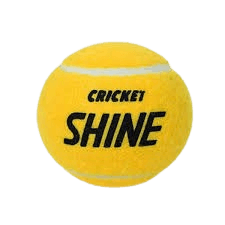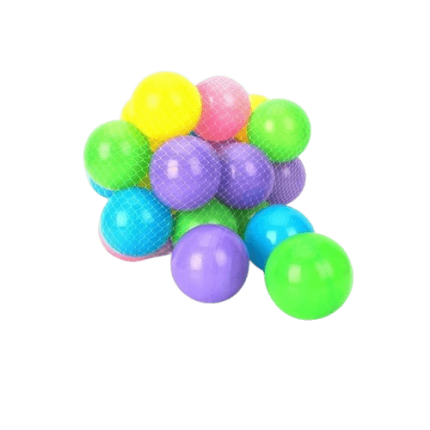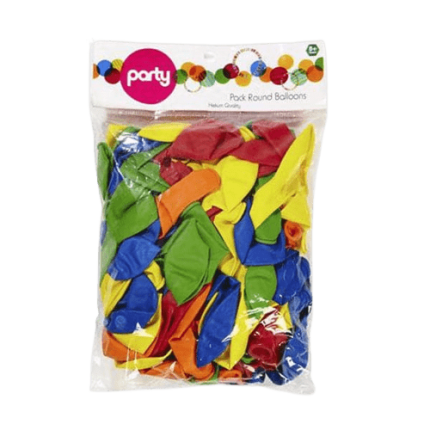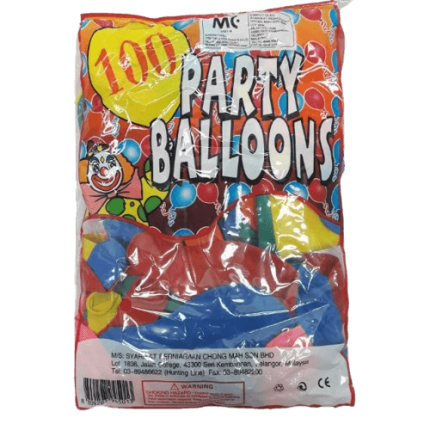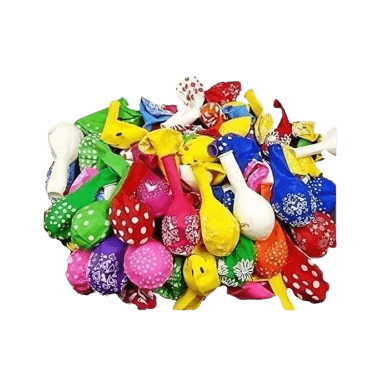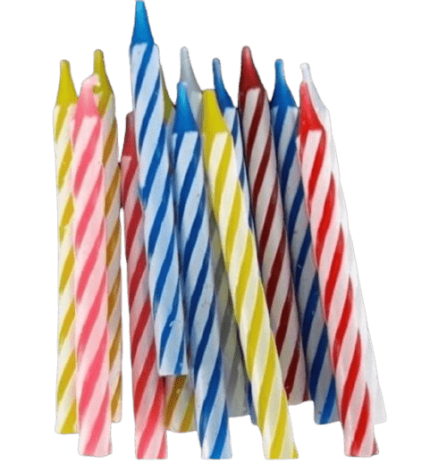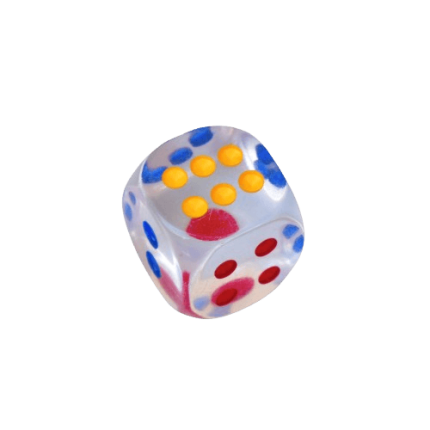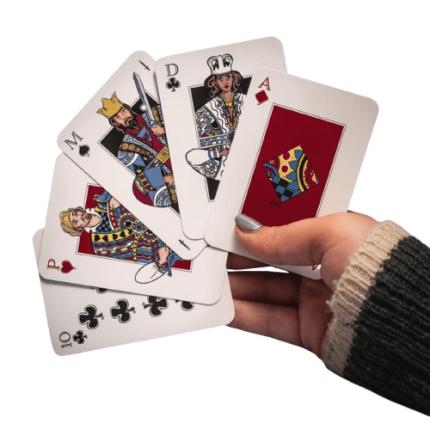A tennis ball is a specialized ball used in the sport of tennis. It is designed to be lightweight, durable, and have the right bounce and feel for competitive play.
Key features of a tennis ball include:
– Outer Felt Cover: Tennis balls are covered with a layer of felt, typically made from wool and nylon. This felt provides the ball with its characteristic texture and affects how it interacts with the racket and the playing surface.
– Rubber Core: Inside the felt cover is a hollow rubber core, which is pressurized to create the bounce. The pressurized core helps the ball maintain its speed and bounce characteristics during play.
– Diameter and Weight: Standard tennis balls have a diameter of about 2.57 to 2.70 inches (6.54 to 6.86 cm) and weigh between 1.98 and 2.10 ounces (56 to 59 grams). These dimensions ensure consistency in play.
– Bounce: Tennis balls are designed to bounce to a height that is consistent with the sport’s regulations. This bounce is crucial for the dynamics of the game and is affected by factors like the ball’s pressure and the playing surface.
– Color: Tennis balls are usually bright yellow or green, which makes them more visible on the court. Some balls may also be available in other colors, such as orange or red, for different levels of play or practice.
Types of Tennis Balls:
– Standard: Used in regular play and tournaments, these balls are designed for durability and consistent performance.
– Training or Low Compression: Designed for beginners or training, these balls are softer and bounce lower to help players develop their skills.
– Pressure less: These balls do not have a pressurized core and are often used for practice. They have a consistent bounce throughout their lifespan but are generally less responsive than standard balls.
Tennis balls are crucial for the game, affecting everything from the speed and spin of the ball to the overall strategy and enjoyment of the sport.

